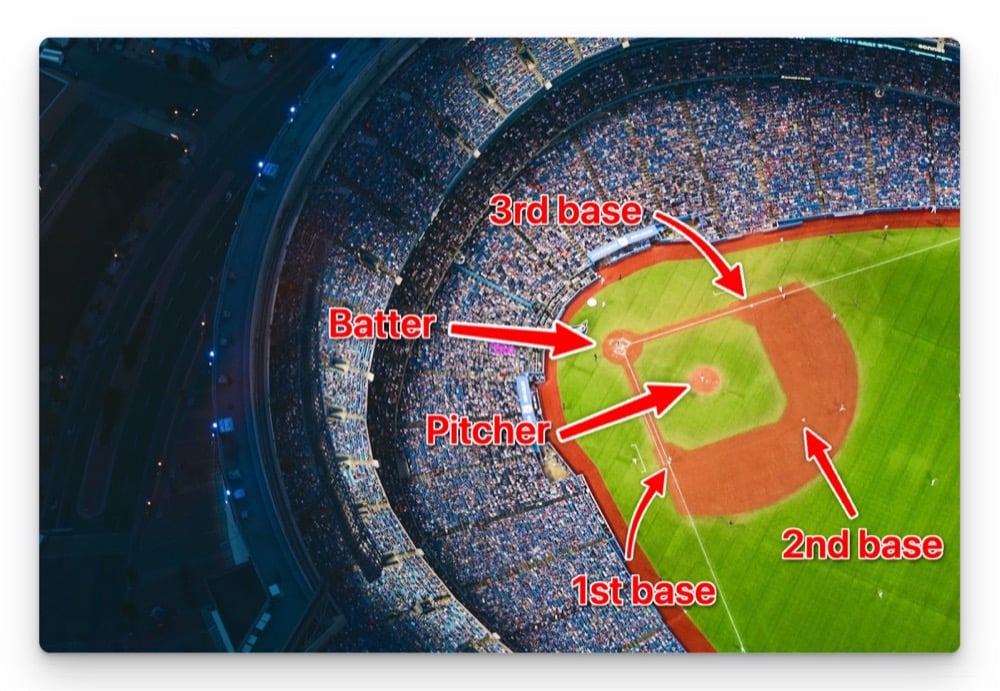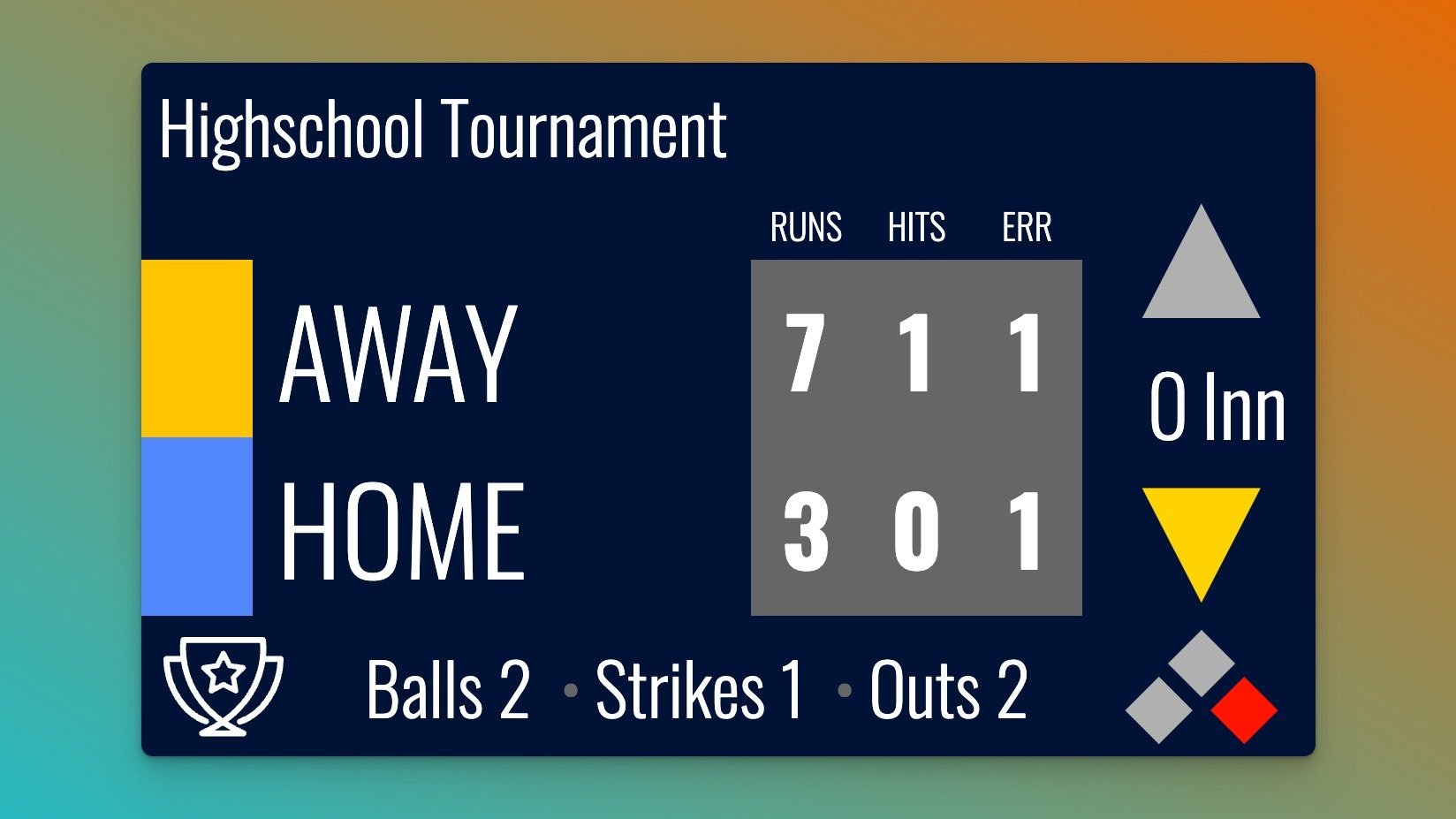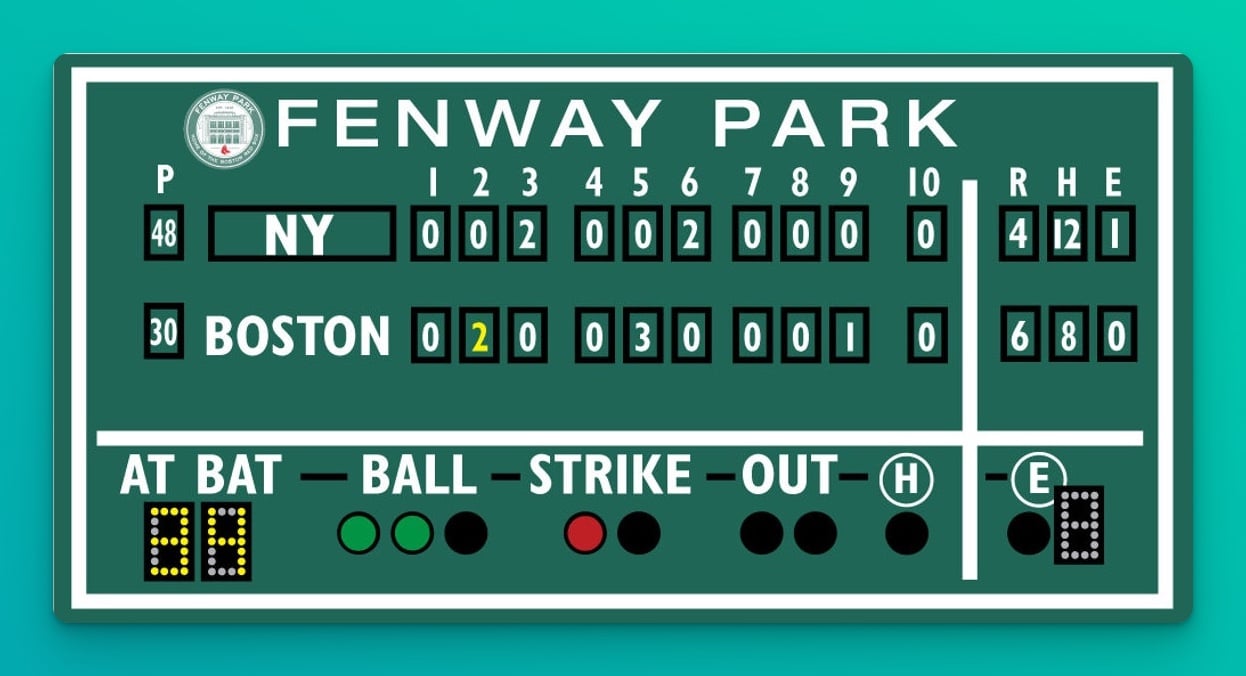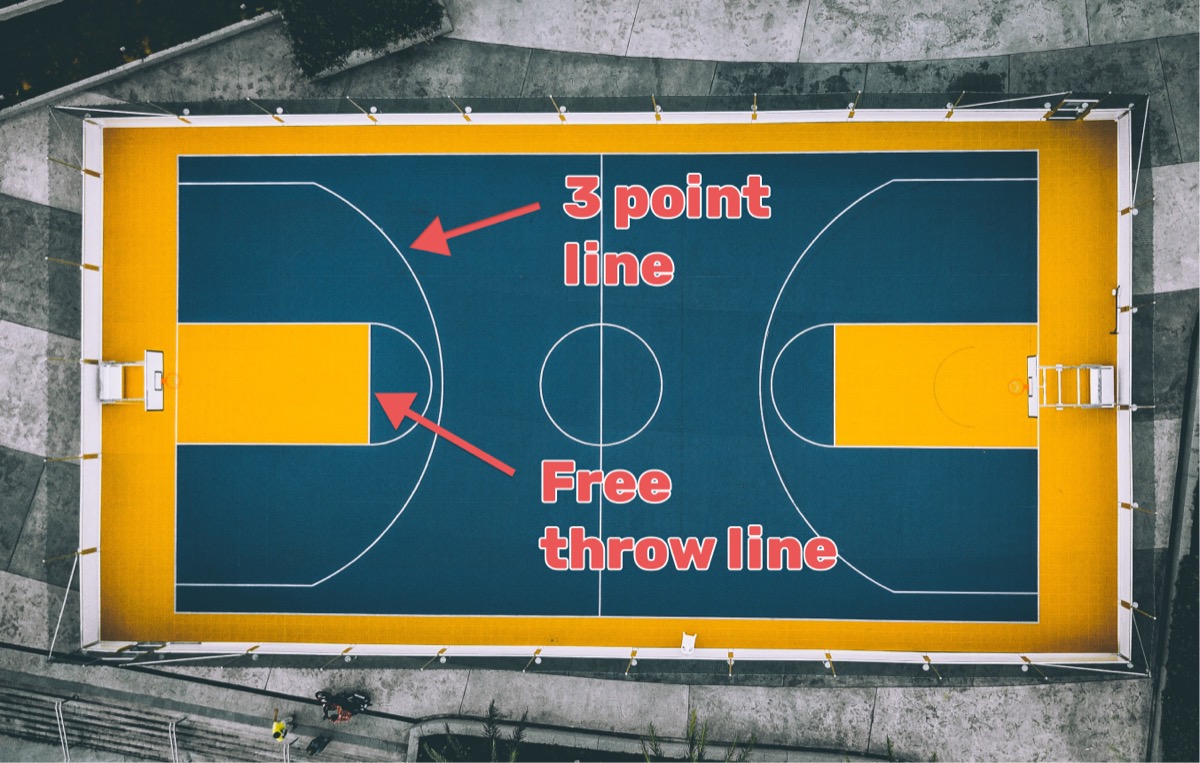Overview
Baseball is one of the most popular sports in the world, and it has been around for more than 150 years. One of the things that makes baseball unique is the way that the game is scored. For beginners, baseball scoring can be quite confusing. But with a little bit of guidance, it's actually quite simple. In this article, we'll explore the basics of baseball scoring, and give you all the information you need to understand how it works.

They basic aim in baseball is that players score by hitting the ball and running all 4 bases to end up back on the home plate.
Innings
An inning is simply a period of play. Each inning has 2 halves, called the "top" and "bottom". The top half of the inning is when the visiting team (aka "road team") bats and can score, while the bottom half is when the home team bats and scores. When a team is not batting, they have nine position players who defend, called fielders.
The number of innings in a game is determined by the level of baseball being played:
- In Major League Baseball, a game is played over nine innings.
- In the minor leagues, a game is played over seven innings.
- In high school and college baseball, a game is played over seven innings.
- In Little League, a game is played over six innings.
In the event of a tie after the standard number of innings, extra innings are played until one team scores more runs, similar to overtime. During extra innings, teams alternate between batting and fielding. If the visiting team gains the lead in the top half of an extra inning, the home team has the opportunity to tie or take the lead during their turn at bat in the bottom half. Conversely, if the home team takes the lead in the bottom half of an extra inning, the game immediately ends, as the away team no longer has a chance to score before the inning concludes. Walk-off hits are game-ending hits that occur during the bottom of the ninth inning or extra innings.
How to score in baseball

Points are scored as follows:
- The pitcher throws the ball and the batter tries to hit the ball with the bat and send it into the field of play.
- If the batter successfully hits the ball (simply called a hit), he drops the bat and begins to run to first base.
- If the ball is caught by a fielder before it hits the ground, the batter is out. If the ball is hit and bounces in the field, the fielders will try to pick up the ball and throw it to another fielder who is closer to the player who is running.
- If the runner reaches first base before the fielder catches the ball or before the ball is thrown to first base, he is safe.
- The runner must touch each base in order, running from first to second, then to third, and finally to home plate. If the runner successfully touches all bases and returns to home plate before the fielders get the ball back to home plate, he scores a run for his team.
- If the batter hits the ball out of the playing field (in fair territory), it is called a home run, and the batter, as well as any other runners who were on base, score a run.
- Hits are categorized into four main categories: singles, doubles, triples, and home runs. A single is when the batter hits the ball and it lands in fair territory, and the batter is able to reach first base safely. A double is able to reach second base safely, and so on.
In the end of the game, the team with the most runs wins!
What is shown on a baseball scoreboard?
The specifics can vary depending on the complexity of the baseball scoreboard, but generally, they will include the following:
Team Names/Logos: The names or logos of the home and visiting teams.
Inning: The current inning being played, including an arrow that shows whether it's a "top" or "bottom" inning.
Runs: The number of runs (points) each team has scored.
Runners on base: 3 fields on the scoreboard representing first, second, and third bases, which are illuminated when a player is on that base. This allows spectators to easily see the current state of the game, and understand the potential implications of the next play. For example, if the bases are 'loaded' (i.e., there are runners on first, second, and third base), then a home run would bring in four runs.
Hits: The number of hits each team has made. This doesn't include walks or hit-by-pitches.
Errors: The number of errors committed by each team. An error is a mistake in fielding the baseball that allows a batter or baserunner to reach one or more additional bases.
Batter Information: This could include the current batter's number or name, their current batting average, and their count (balls, strikes, and outs).
Outs: The number of outs in the current half-inning. Three outs bring the half-inning to an end.
More advanced scoreboards may show additional statistics, such as the speed of the pitch (usually in miles per hour in the U.S.), pitch count, and other player or game-specific statistics. They may also display messages, player photos, replays, advertisements, and other information on a digital display. In Major League Baseball, the home team's scoreboard is also traditionally where the "hit-and-error" lights are displayed, indicating to the official scorer whether a play was a hit or an error.
Using scoreboard software
The easiest way of creating your own scoreboard is to use software combined with existing hardware such as a large TV or a projector. This is a great option for small leagues and teams that don't have the budget to purchase an expensive dedicated scoreboard.

Keepthescore.com is one of the leading solutions for creating online scoreboards. We pride ourselves on being very easy to get started with. You can literally be up and running in under 30 seconds, no registration nor payment required.
What's very convenient is that you can control your scoreboard from anywhere, including a mobile phone.

What is a box score?
A box score in baseball is a statistical summary of a game. It records the numbers of runs, hits, errors, as well as the batting order, pitchers used, individual player statistics, and other important information about the game. This tradition of keeping box scores is as old as the game of baseball itself, dating back to the 19th century.
Box scores are often shown on scoreboards like this:









